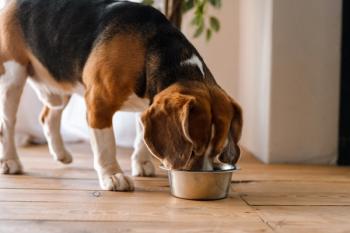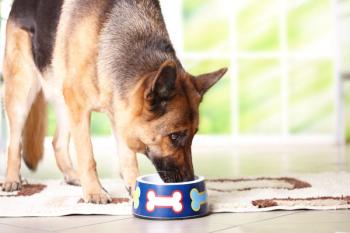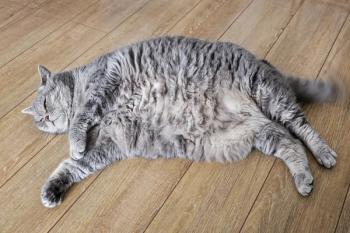
AAVLD releases pet-food survey results, urges improved system to evaluate toxins
Reno, Nev. - 11/29/07 - This year's pet-food crisis points to a need for more efficient means of finding, evaluating and halting any future food-supply contamination.
Reno, Nev. - 11/29/07 - This year's
That is the view of Dr. Barbara Powers, president of the
The
Of several hundred surveys submitted, 347 met diagnostic criteria showing a link to adulterated pet foods between April 5 and June 6. Those cases involved 235 cats, of which 61 percent died; and 112 dogs, of which 74 percent died.
Dr. Wilson Rumbeiha, associate professor at the Michigan State University Diagnostic Center for Population and Animal Health, organized and presented survey findings. While analyzing survey submissions, the AAVLD looked at five necropsies (four cats and a dog) as a test study, finding melamine and cyanuric acid in four of the five.
The necropsies showed the presence of yellow-brown, fan-shaped crystals within the renal distal tubules and collecting ducts and in some cases in urine sediment.
Results of a separate study, led by veterinary toxicologist Dr. Birgit Puschner at the California Animal Health and Food Safety Laboratory at the
Powers, director of the
An AAVLD work group chaired by Dr. Stephen Hooser, assistant director of
Newsletter
From exam room tips to practice management insights, get trusted veterinary news delivered straight to your inbox—subscribe to dvm360.






